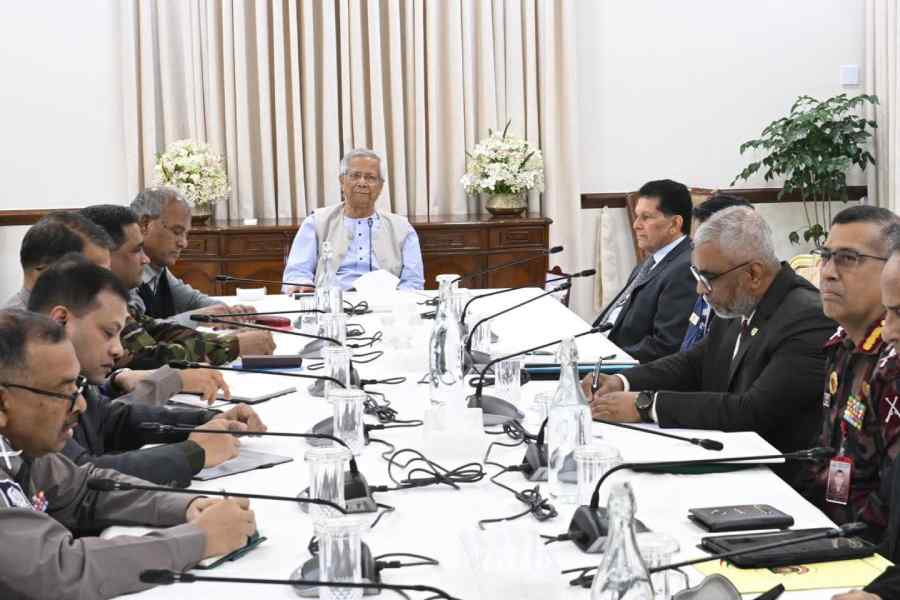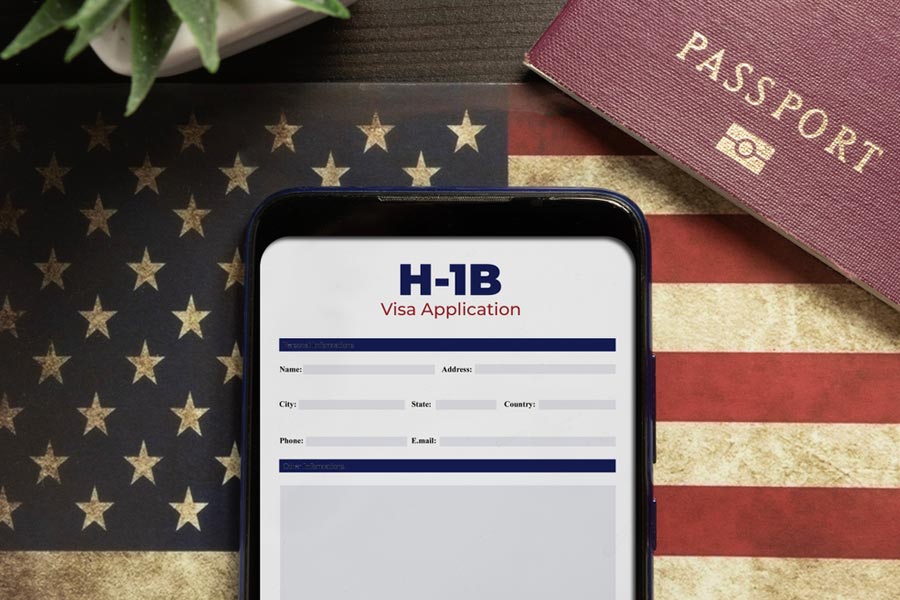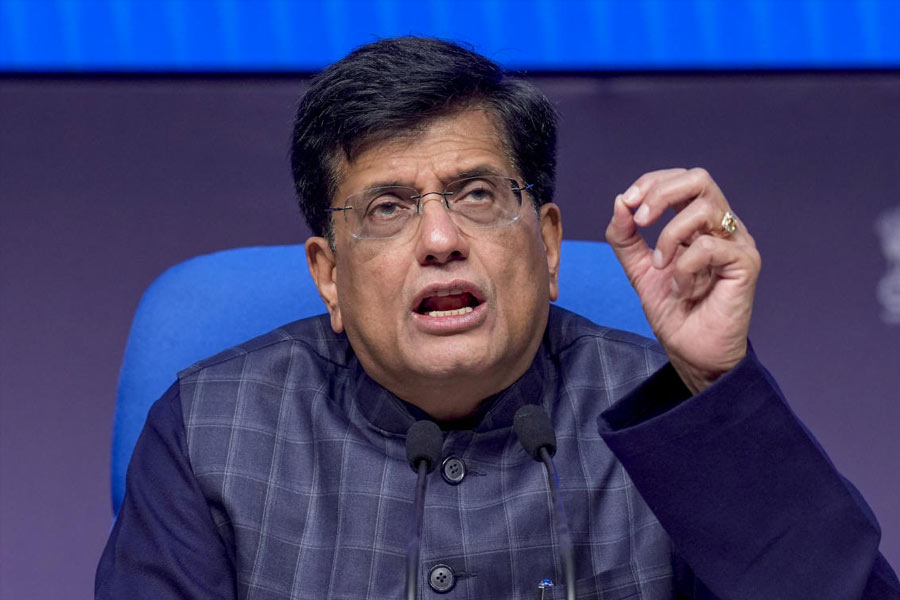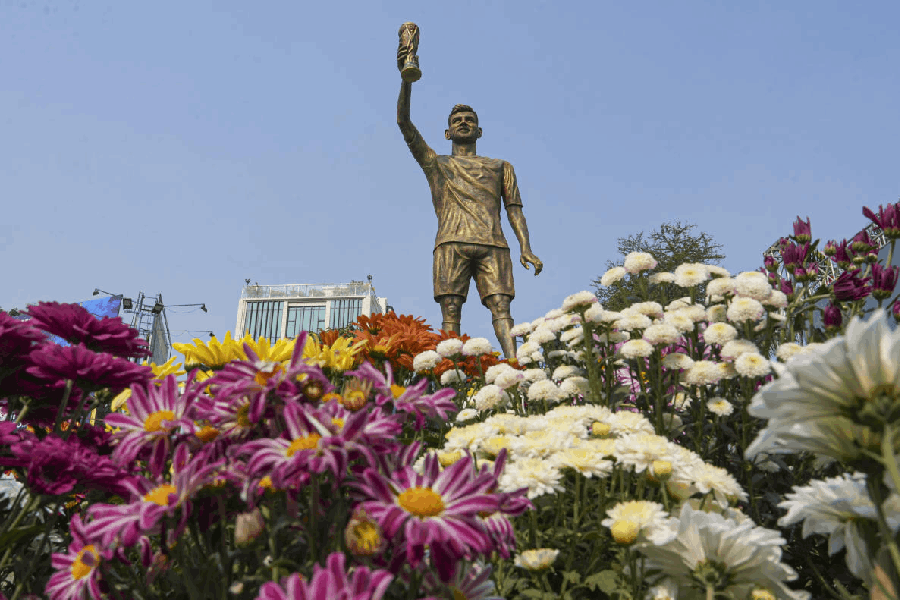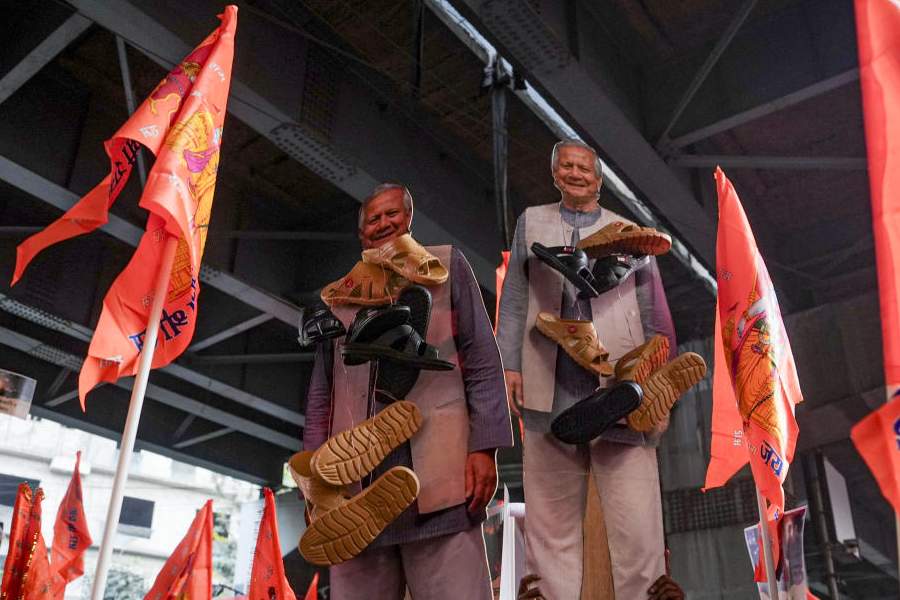 |
| A boat ride down the Santubong River gives you a chance to spot Irrawaddy dolphins; (below) a traditional Iban dinner, served in halved bamboo stems |
 |
I’m a complete water baby, so I was thrilled to be speeding down the blue-green Santubong River in Malaysia for a spot of dolphin-watching. There I was, on a local boat, weaving down the river, through dense mangrove forests to the swirling estuary where the river meets the South China Sea in a burst of turquoise green.
It’s here that that dolphins leap about and to attract them, the nearby fishermen began to throw some of their catch into the water. The dolphins came first in ones and twos, but soon enough, there were a fair number milling around. Incidentally, contrary to what the name suggests, Irrawaddy dolphins are oceanic dolphins that are found in estuaries and rivers in parts of the Bay of Bengal and Southeast Asia.
On a bright, sunny morning, I’d made my way through a sleepy fishing village and across a beautiful river beach to board my boat for this trip down river. Malay villages are quite prosperous, and each home in this one had its own Infiniti — that’s Nissan’s luxury brand. There were seafood restaurants all over the place, which light up with fresh food and pop music at dusk. I missed the regulation crocodiles and proboscis monkeys around the mangroves, but the colourful floating houses on the river nesting against the towering Mt. Santubong made for a pretty sight.
I had reached this village on the banks of the Santubong River via Kuala Lumpur where I had spent a few days taking in the malls and shopping. I had been invited for the launch of the 1Malaysia Mega Sale Carnival across the country. Here, the people spend most of their leisure time in malls.
 |
| Homestays with any of the tribes in the Sarawak Cultural Village give you a true feel of life in the region |
After a hectic time in KL, I left for a nature odyssey around Kuching, the capital of the east Malaysian state of Sarawak. It is one of the two Malaysian states situated on the island of Borneo and Kuching is the entry point to the famed Borneo rainforests here.
If natural beauty makes you go weak in the knees, then Sarawak is the go-to place. I inaugurated my time there with a visit to the Semenggoh Wildlife Centre, where injured, orphaned or illegally obtained wild animals are rehabilitated. The centre is located within the Semenggoh Wildlife Reserve. One of their most successful programmes is the orangutan rehabilitation programme, which has been able to train and reintroduce these mammals to the forest.
As soon as I walked into the reserve, I saw a female orangutan walking about with a baby on her back. She was surrounded by ooh-ing and aah-ing tourists, though she seemed utterly unperturbed by all the attention. Orangutans look small (compared to movie-induced images of various antecedents of the human race) but they have enough strength to tear people apart. It’s dangerous to come too close to these mammals; I was told that I was watching Delima — or Hot Mama in Malay — who had got into a rage and torn off someone’s limb last year. Evidently everybody around knew this story, for the moment she began to walk towards them, they all scampered away.
Sarawak is home to several ethnic and sub-ethnic groups, which include major and minor tribes. The Ibans comprise most of the state’s population, followed by the Bidayuhs. And I found their tattoo culture fascinating.
The Ibans were historically a violent tribe, and were reputed to be headhunters. They would chop off their enemies’ heads and preserve them as prize trophies — marking their manhood and abilities as warriors. I saw some spooky skulls locked up in a cage at Anna Rais, a Bidayuh village, and they did not look happy. This village organises homestays as well, and surrounded by lush green mountains, it is a beautiful place, though still little known to the regular traveller.
I spent my last night in Malaysia in the Sarawak Cultural Village — a model village, complete with its own air-conditioned theatre, open-air stage and restaurant. It’s some distance away from Anna Rais. The backdrop was picturesque, with deep green rainforests enveloping the village. You can do a homestay with a tribe of your choice and I was put up in an Iban home.
 |
| Damai Beach is just the place to spend a relaxed evening watching the sun set |
One great discovery of my trip was the rice wine. Made with fermented rice and browned sugar, it is delicious and low on alcohol content (since it’s meant for womenfolk). I also walked around the village to visit the longhouses — the traditional homes — of the different tribes, before witnessing a most entertaining cultural show at the theatre.
A hop and skip from the village is Damai Beach, which is where I headed as evening came. The South China Sea was warm and friendly, and I dived right in to ride the waves and watch the sun set. I was even gearing up for a night walk, but I was gently reminded that I was living by a forest and that there are snakes around. I could brave a tiger but I draw the line with snakes.
My tryst with Malaysia came to an end with a most memorable traditional Iban dinner, served in halved bamboo stems. There was wild fern sautéed with garlic, young bamboo shoot, chicken cooked with wild herbs, a sweet and sour fish and local brinjal, topped off with fresh oranges and rice wine for dessert. I sat in a circle with my Ibanese housemates, listening to pop renditions of tribal music, passing around traditional liquors in shot glasses as per ritual. It was then that I decided to return to Sarawak to stay longer — but this time with a couple of tattoos thrown in.
TRAVEL TALK
Getting there: There are regular flights to KL from all major Indian metros. Kuching is a two-hour flight from KL.
Where to stay: A one-night, two-day package at the Sarawak Cultural Village starts from RM 170 per person (about Rs 2,963). It includes meals, tour of the village and the cultural show. Go to www.scv.com.my.





